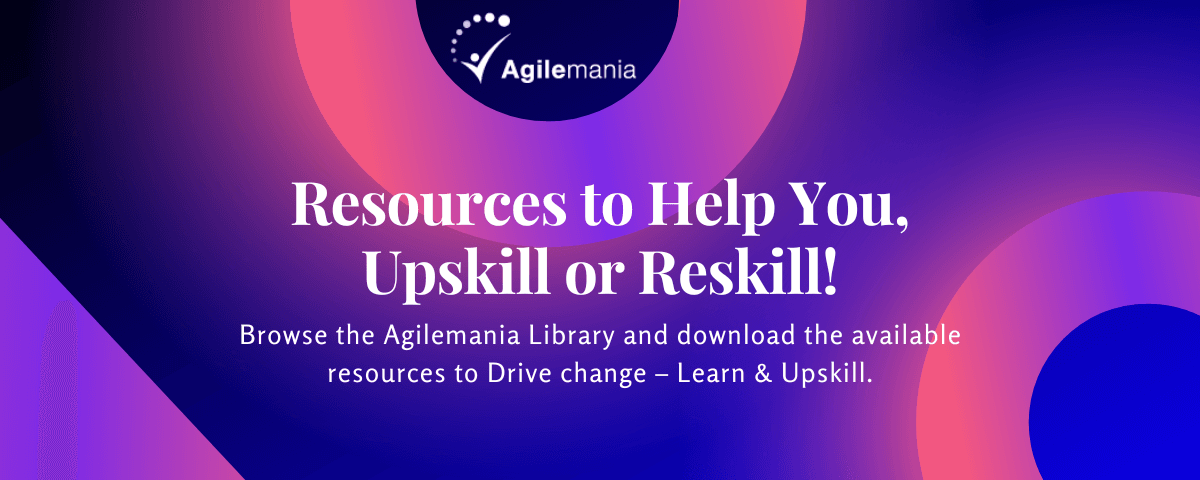
Agilemania
Agilemania, a small group of passionate Lean-Agile-DevOps consultants and trainers, is the most tru... Read more
![]() Get Your AI-Enabled Scrum Master Certification for Just ₹1,500 (Save 85%)!
Get Your AI-Enabled Scrum Master Certification for Just ₹1,500 (Save 85%)!
Scrum.Org
SAFe®
ICAgile
Scrum Alliance
Technical Agility
Kanban
Business Analysis
Project Management
AI-Enabled
Scrum.Org
SAFe®
ICAgile
Scrum Alliance
Technical Agility
Kanban
Business Analysis
Project Management
AI-Enabled

Agilemania
Agilemania, a small group of passionate Lean-Agile-DevOps consultants and trainers, is the most tru... Read more

Project design is the initial stage of a project in which the essential features, structure, success criteria, and significant targets are prepared. The purpose is to create one or more designs that can be used to meet the project's objectives. Stakeholders may then select the optimal design for project execution. Sketches, flowcharts, site trees, HTML screen designs, prototypes, picture impressions, and other outputs may result from the project design processes. A project's primary features, structure, success criteria, and significant deliverables are all planned out during the design stage.
Six essential phases define the project design process.
One should consult stakeholders and teammates to determine your project's goals and expected outcomes. Begin by planning a brainstorming session to document the project timeline and key deliverables. This assists you in knowing the project's needs and standards. Communicating with the team and asking for their feedback on the project's practicality and viability saves time wasted planning, executing, and evaluating and increases the likelihood of accomplishment.
Determine the primary project goals and objectives, then break them down into digestible pieces and activities. These should include all the jobs and activities you will perform during the project. However, you may only finish the activity breakdowns later. Most project managers and teams choose to defer it until the project scheduling phase of project planning.
Examine for things that might get you in the middle of finishing the assignment. Risks and constraints on time, money, and resources must be considered to identify elements that affect success. Follow up with the right teams and stakeholders to mitigate these concerns before the project begins. Document assumptions or hypotheses as the project advances to aid your Statement of Work (SOW) in the future.
Utilize visual aids to represent the known factors and goals. Representation facilitates understanding project deliverables, timeframes, risks, goals, and applications by teammates and other influential parties. Gantt charts, hierarchy charts, work charts, screen designs, prototypes, mind maps, diagrams, trees, flow charts, and so on are examples.
Whenever choosing a visual tool to interact and cooperate, analyze the team's needs. A flowchart, for instance, is more successful for smaller teams focusing on simple tasks, but a breakdown architecture is better suited for large groups and complicated tasks.
Budget clarity is essential from the start. Make a budget with as much detail as possible, even if you have yet to learn all the data. This decreases the likelihood of huge costs and under-budgeting during project implementation. Even during the project design phase, you may evaluate the feasibility by assessing your budget. If the price of a project is, at most, what your customer or supporters can pay, it is not practical.
Establish your project's performance goals and develop benchmarks to evaluate if the results, deliverables, and outcomes are reached. Identify who is in charge of approvals and what processes must be followed for permissions to be effective.
Recognizing the project’s objectives is a requirement for developing efficient project designs. Additional suggestions for creating project designs involve:
Agilemania, a small group of passionate Lean-Agile-DevOps consultants and trainers, is the most trusted brand for digital transformations in South and South-East Asia.
WhatsApp Us

We will get back to you soon!
For a detailed enquiry, please write to us at connect@agilemania.com



